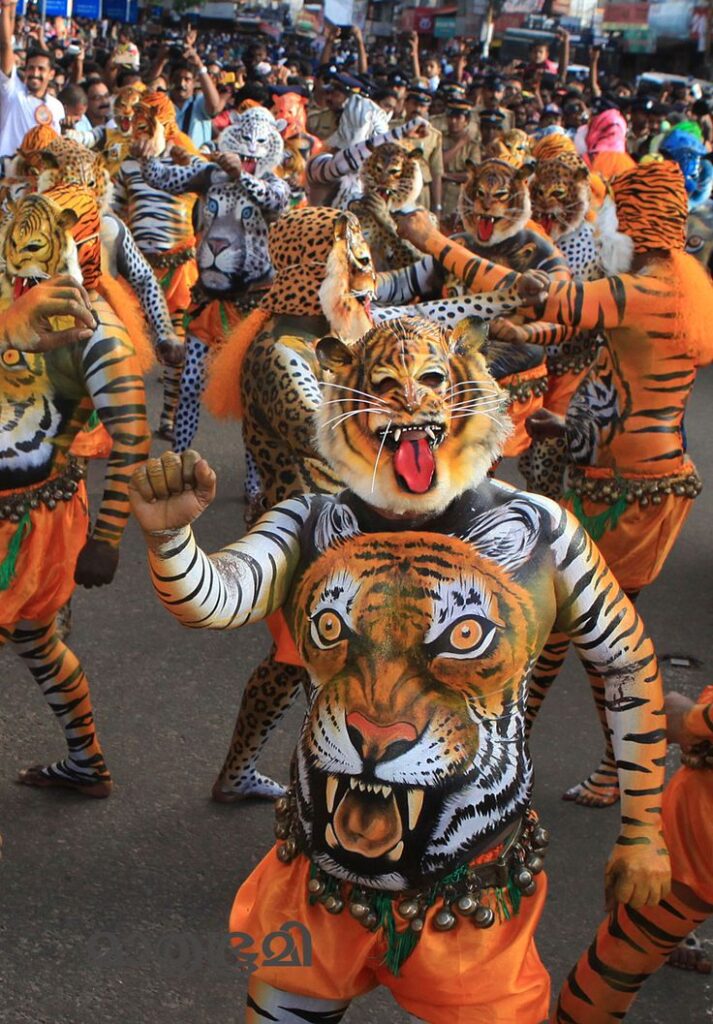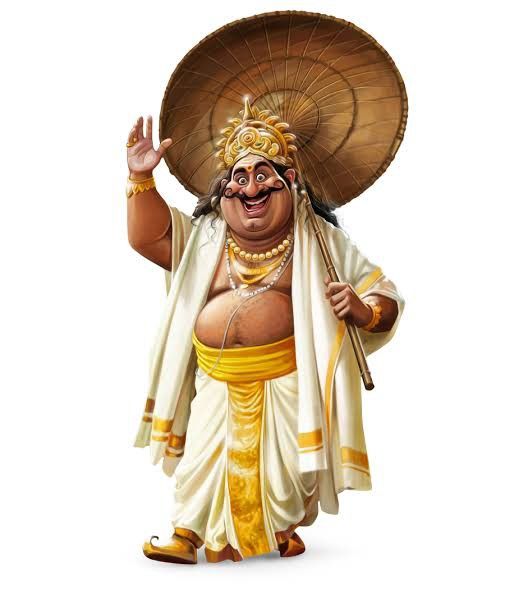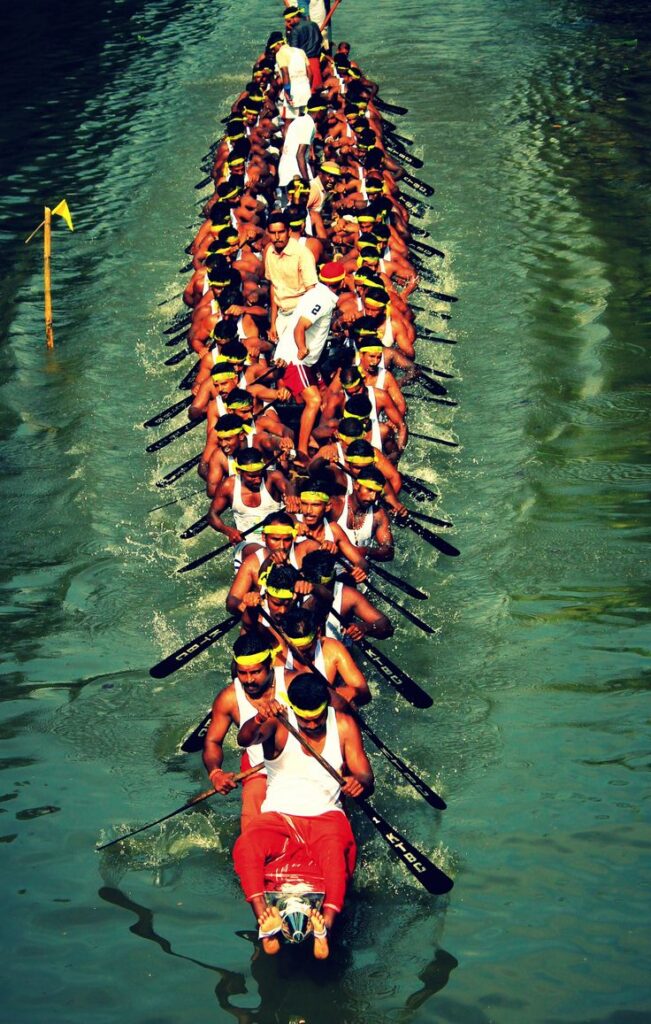The Festivals of Kerala
An Explosion of Festivals
There is no better way of getting to know a people and their land than experiencing their festivals. And Kerala has so many of them that no one, in all probability, has a record of the festive calendar of Kerala.Some of Kerala’s innumerable festivals, however, stand out because of their uniqueness.The least known of the unique festivals of Kerala are its Islamic ones. And, according to an official publication of the Government of Kerala:”The Chandanakkudam at Bheemapally near Trivandrum is one of the most colourful of Muslim festivals in Kerala. The Chandanakkudam Mahotsavam, as it is called, is said to be the death anniversary of Bheema Beevi, a devout pilgrim lady who came to Kerala from Mecca. The festival begins on the 1st of Jamadul Akhar of the Hijira Era (October) and lasts ten days. Carrying earthern pots smeared with sandalwood paste and the mouth of the pot tightly closed with white cloth with a jasmine garland around its edges, thousands of pilgrims both Muslims and non-Muslims go round the mosque and the hallowed tomb of the devout lady in procession, the earthern pot with money being placed at the tomb as offering.”
Christmas, December 25, is also a major festival in Kerala. Streamers, bunting and bright lights adorn shops but, most typical, are the illuminated stars that distinguish the many Christian houses of Kerala. These, twinkling against the dark groves and reflected in its flowing waters, make for an unusual, but very warm, Christmas image.
In the last week of February, the river town of Alwaye plays host to the great Maha Sivarathri festival. Devotees gather on the sand-banks of the Pamba River and, illuminated by hundreds of little oil lamps, spend the whole night in fasting and meditation. In the small hours of the morning they plunge into the river, accompanied by full-throated chants, and then emerge to offer prayers and sacrifices in memory of the dead. The fair which grows around this festival is popular with people of all persuasions.

In April-May, streams of visitors and devotees flow into the hillock- centered town of Trichur, now called Thrissur, crowned by its Vadakkunnathan Temple. In the afternoon, when crowds have massed on the slopes of the hillock, a line of beautifully caparisoned elephants emerges. Slowly it trudges to the bottom of the hill and then it turns to face a competing line of elephants who have also emerged from the temple. In full view of the admiring crowd, shimmering, glittering, ceremonial umbrellas are held aloft on the backs of the elephants while the wind and percussion orchestra blares, crashes, thunders and clangs. Fly-whisk bearers swirl and twist their plumes. Then more umbrellas blossom atop the competing line of elephants

through their arm ballet. And the whole sequence starts all over again. Its as spectacular as a pageant in a medieval court, and as exciting. That evening expectant mothers leave Trichur And then the night ex-its cloudy tail, Kerala celebrates its post harvest festival of Onam: ladentables, floral decorations, folk dances, gift giving and new clothes.and their orchestra adds to the general jubilation. Their fly-whisk bearers go plodes in a titanic thunderclap and the world’s greatest fireworks display fills the sky with exploding stars and nebulae and whirling galaxies of whistling, howling, shrieking light. It leaves spectators stunned and quite speechless. And thankful that there is only one Trichur Pooram every year! The only phenomenon that can compete with Trichur’s fireworks is a monsoon thunderstorm over Kerala.
According to legend it also marks the annual return of the benign King Mahabali from his exile in the underworld.

A part of the Onam celebrations is the great boat pageants and races. Once upon a time these races were post-harvest water-wars between the backwater flotillas of rival princes. The most famous of these boat races is held in a backwater off the canal town of Alleppey on the second Saturday of August.


Comments